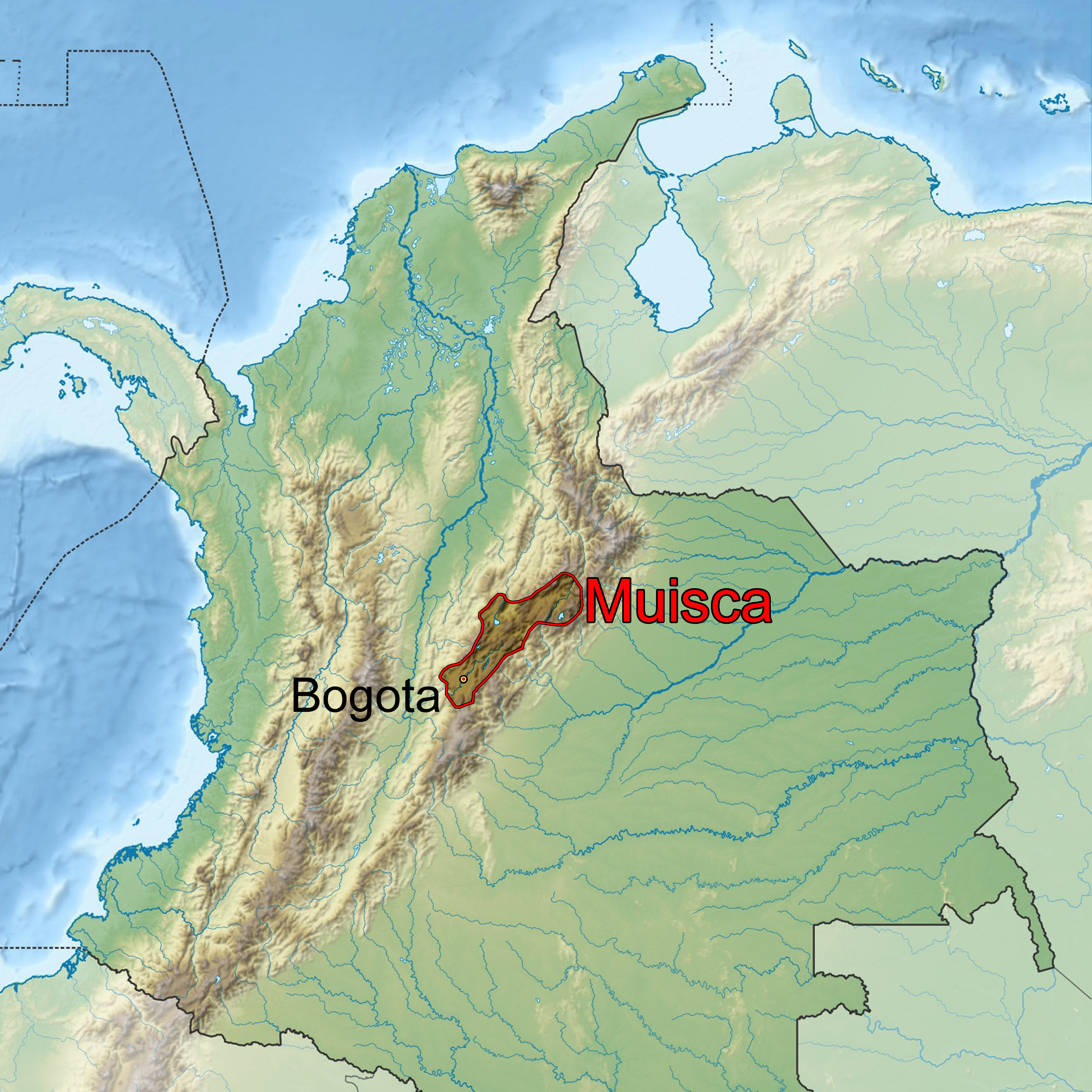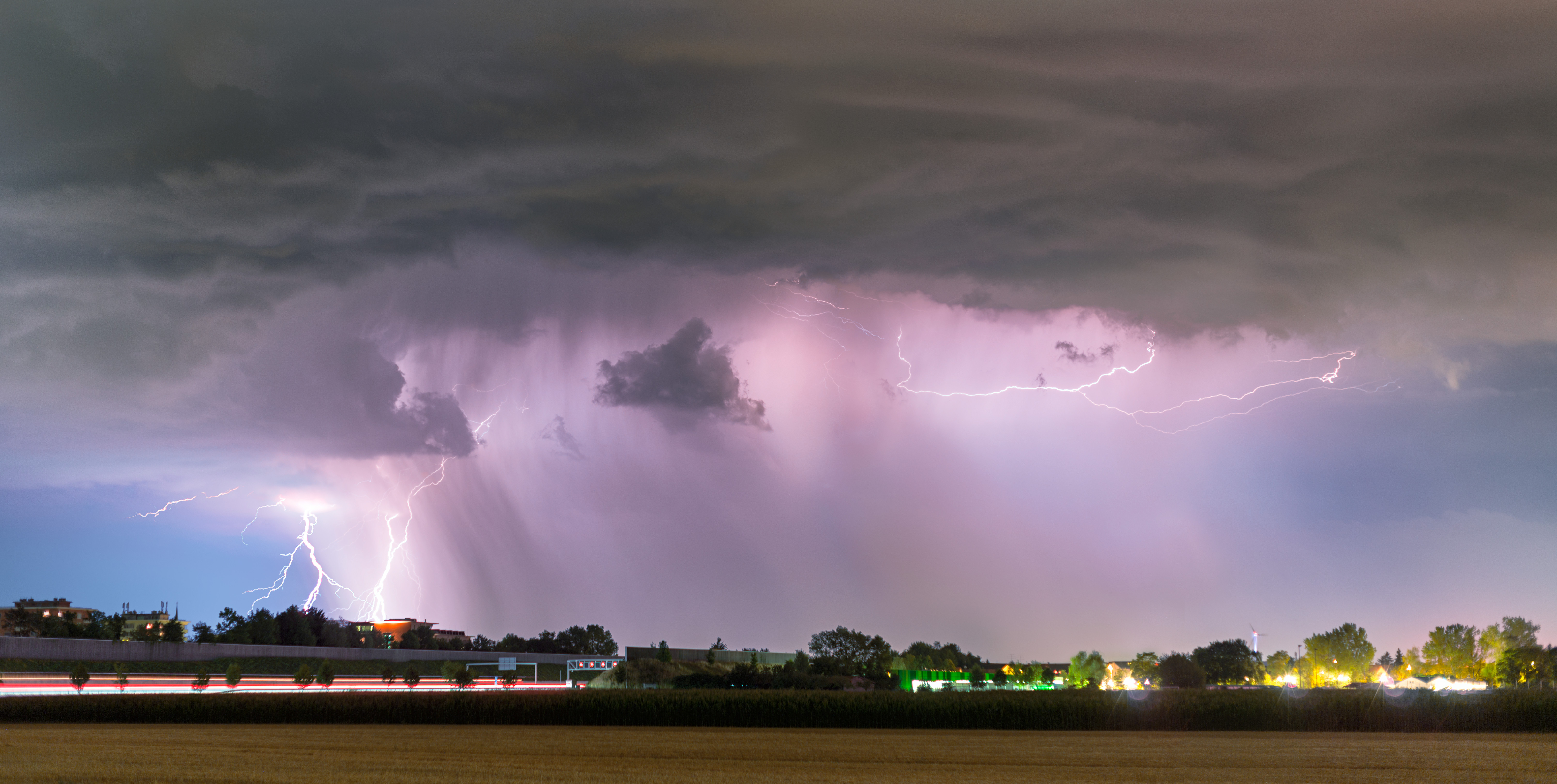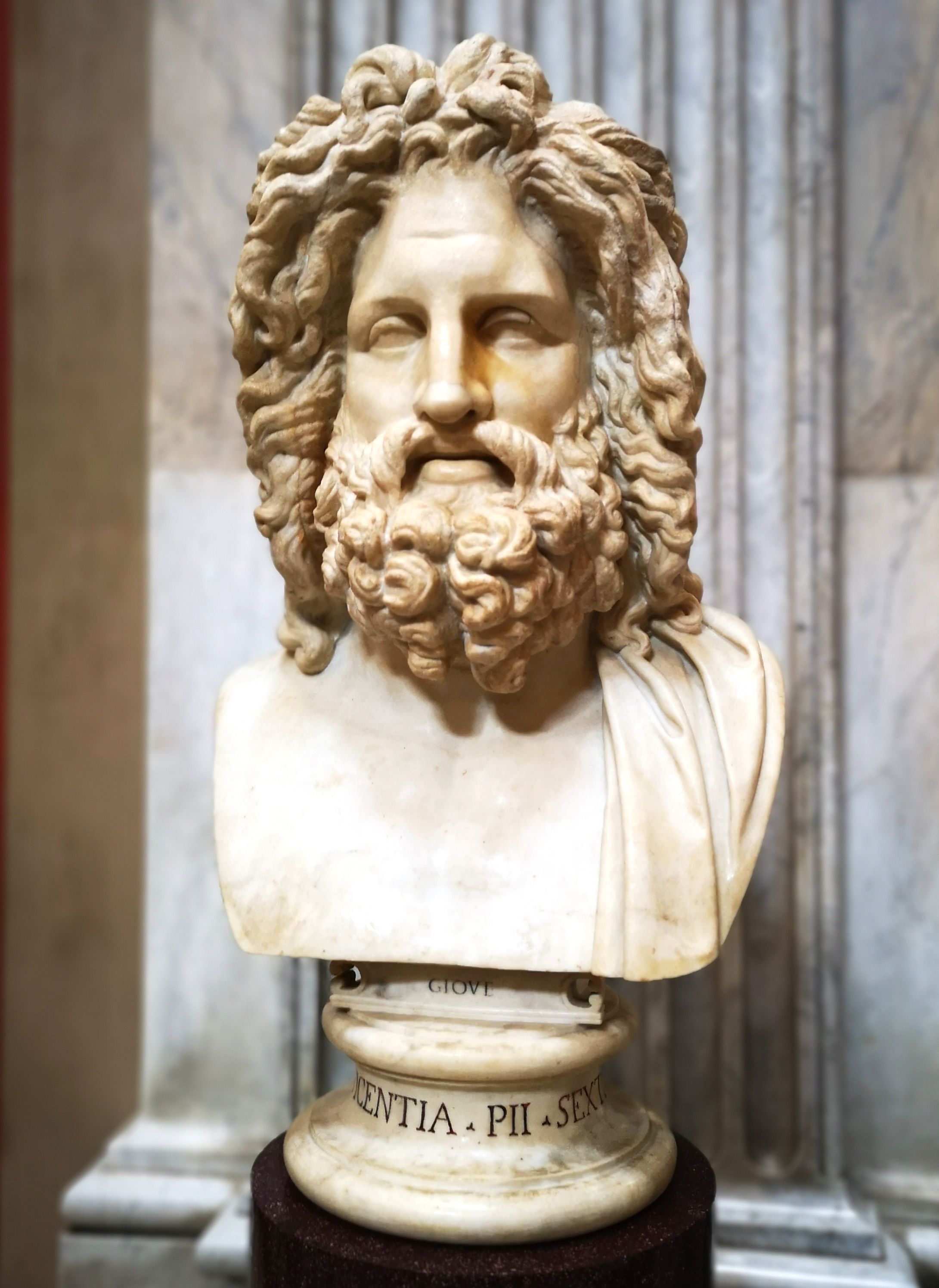|
Chibchacum
Chibchacum is the rain and thunder god in the religion of the Muisca who inhabited the Altiplano Cundiboyacense in pre-Columbian times. Description In myth, when Chibchacum was angry, he sent heavy rains to the flatlands, causing the rivers to flood, destroying the agriculture and the houses (''bohíos'') of the Muisca. When the rains were over and the Sun was shining again, causing Cuchavira to appear, the people offered low-grade gold or gold-copper alloys ( tumbaga), marine snails and small emeralds to thank him. One tale tells how the Muisca venerated a rock and worshipped Bochica. Chibchacum was very angry and rebelled against Bochica. He went down to Earth and noticed a woman, Chié coming to get some water. Chibchacum wooed her into joining his rebellion, promising that Chié would be his queen once Bochica was finished. Chié joined, and soon everybody was fighting, believing that they were better than others and lying. This caused a civil war. Chié was cursed by B ... [...More Info...] [...Related Items...] OR: [Wikipedia] [Google] [Baidu] |
Muisca Religion
Muisca religion describes the religion of the Muisca who inhabited the central highlands of the Colombian Andes before the Spanish conquest of the Muisca. The Muisca formed a confederation of holy rulers and had a variety of deities, temples and rituals incorporated in their culture. Supreme being of the Muisca was Chiminigagua who created light and the Earth. He was not directly honoured, yet that was done through Chía, goddess of the Moon, and her husband Sué, god of the Sun. The representation of the two main celestial bodies as husband and wife showed the complementary character of man and woman and the sacred status of marriage.Muisca religion - Pueblos Originarios - accessed 04-05-2016 The Muisca worshipped their gods at sacred sites, both natural, such as |
Muisca People
The Muisca (also called Chibcha) are an indigenous peoples of Colombia, indigenous people and Pre-Columbian cultures of Colombia, culture of the Altiplano Cundiboyacense, Colombia, that formed the Muisca Confederation before the Spanish conquest of the Muisca, Spanish conquest. The people spoke Muysccubun, a language of the Chibchan languages, Chibchan language family, also called ''Muysca'' and ''Mosca''. They were encountered by list of conquistadors in Colombia, conquistadors dispatched by the Spanish Empire in 1537 at the time of the Spanish conquest of the Muisca, conquest. Subgroupings of the Muisca were mostly identified by their allegiances to three great rulers: the ''zaque, hoa'', centered in Tunja, Hunza, ruling a territory roughly covering modern southern and northeastern Boyacá Department, Boyacá and southern Santander Department, Santander; the ''zipa, psihipqua'', centered in Bacatá, Muyquytá and encompassing most of modern Cundinamarca Department, Cundinama ... [...More Info...] [...Related Items...] OR: [Wikipedia] [Google] [Baidu] |
Muisca Gods
The Muisca (also called Chibcha) are an indigenous people and culture of the Altiplano Cundiboyacense, Colombia, that formed the Muisca Confederation before the Spanish conquest. The people spoke Muysccubun, a language of the Chibchan language family, also called ''Muysca'' and ''Mosca''. They were encountered by conquistadors dispatched by the Spanish Empire in 1537 at the time of the conquest. Subgroupings of the Muisca were mostly identified by their allegiances to three great rulers: the '' hoa'', centered in Hunza, ruling a territory roughly covering modern southern and northeastern Boyacá and southern Santander; the '' psihipqua'', centered in Muyquytá and encompassing most of modern Cundinamarca, the western Llanos; and the ''iraca'', religious ruler of Suamox and modern northeastern Boyacá and southwestern Santander. The territory of the Muisca spanned an area of around from the north of Boyacá to the Sumapaz Páramo and from the summits to the western po ... [...More Info...] [...Related Items...] OR: [Wikipedia] [Google] [Baidu] |
Sué
Sué, Xué, Sua, Zuhe or Suhé was the god of the Sun in the religion of the Muisca. He was married to Moon goddess Chía.Ocampo López, 2013, Ch.4, p.33 The Muisca and their confederation were one of the four advanced civilizations of the Americas and developed their own religion on the Altiplano Cundiboyacense in the Andes. Both the Sun and rain, impersonated by Chibchacum, were very important for their agriculture. Description After the creation of light and the world by Chiminigagua he created Chía and Sué to represent the Moon and the Sun respectively. Spanish conquistador Gonzalo Jiménez de Quesada wrote about the Muisca: "they have the Sun and the Moon as breeders of all the things and believe they are together as husband and wife having created the councils". While Chía was related to the ''zipas'' of the southern Muisca Confederation, Sué was governing the ''zaques'' of the northern Muisca. [...More Info...] [...Related Items...] OR: [Wikipedia] [Google] [Baidu] |
Cuchavira
Cuchavira or Cuchaviva is the rainbow deity, protector of working women and the sick in the religion of the Muisca. The Muisca and their confederation were one of the advanced civilizations of the Americas and in the fertile intermontane valley that forms the Altiplano Cundiboyacense in the Andes rain and sun were both very important for their agriculture. Moreover, in those days the Bogotá savanna consisted of various swamps and floodings were regular. Description Cuchavira, who was called "shining air", appeared before the Muisca when Bochica, the messenger of the supreme being Chiminigagua was sent to the plains of the Muisca. Also when rain god Chibchacum was angry, he sent heavy rains to the flatlands, causing the rivers to flood, destroying the agriculture and the houses (''bohíos'') of the Muisca. When the rains were over and the Sun was shining again, causing Cuchavira to appear, the people offered low-grade gold or gold-copper alloys (tumbaga), marine snails and ... [...More Info...] [...Related Items...] OR: [Wikipedia] [Google] [Baidu] |
List Of Thunder Gods
Polytheistic peoples from many cultures have postulated a thunder god, the personification or source of the forces of thunder and lightning; a lightning god does not have a typical depiction, and will vary based on the culture. In Indo-European cultures, the thunder god is frequently known as the chief or King of the Gods, e.g. Indra in Hinduism, Zeus in Greek mythology, and Perun in ancient Slavic religion. Thunder gods Mediterranean * God in Abrahamic religions * Teshub (Hurrian mythology) * Adad, Bel, Ishkur, Marduk ( Babylonian-Assyrian mythology) * Baʿal, Hadad ( Canaanite and Phoenician mythology) * Set (Egyptian mythology) * Aplu (Hurrian mythology) * Tarḫunna (Hittite mythology) * Tarḫunz (Luwian mythology) *Vahagn (Armenian Mythology) *Zibelthiurdos (Thracian mythology) * Zeus (Greek Mythology) * Jupiter (Roman Mythology) * Northwestern Eurasia * Armazi (god) Georgian Mythology * Afi ( Abkhaz Mythology) * Ambisagrus, Loucetios (Gaulish mythology) * A ... [...More Info...] [...Related Items...] OR: [Wikipedia] [Google] [Baidu] |
Thunder Gods
Polytheistic peoples from many cultures have postulated a thunder god, the personification or source of the forces of thunder and lightning; a lightning god does not have a typical depiction, and will vary based on the culture. In Indo-European cultures, the thunder god is frequently known as the chief or King of the Gods, e.g. Indra in Hinduism, Zeus in Greek mythology, and Perun in ancient Slavic religion. Thunder gods Mediterranean * God in Abrahamic religions * Teshub ( Hurrian mythology) * Adad, Bel, Ishkur, Marduk ( Babylonian-Assyrian mythology) * Baʿal, Hadad ( Canaanite and Phoenician mythology) * Set (Egyptian mythology) * Aplu (Hurrian mythology) * Tarḫunna (Hittite mythology) * Tarḫunz ( Luwian mythology) * Vahagn (Armenian Mythology) * Zibelthiurdos ( Thracian mythology) * Zeus (Greek Mythology) * Jupiter (Roman Mythology) * Northwestern Eurasia * Armazi (god) Georgian Mythology * Afi ( Abkhaz Mythology) * Ambisagrus, Loucetios (Gaulish ... [...More Info...] [...Related Items...] OR: [Wikipedia] [Google] [Baidu] |
Jupiter (mythology)
Jupiter ( la, Iūpiter or , from Proto-Italic "day, sky" + "father", thus " sky father" Greek: Δίας or Ζεύς), also known as Jove ( gen. ''Iovis'' ), is the god of the sky and thunder, and king of the gods in ancient Roman religion and mythology. Jupiter was the chief deity of Roman state religion throughout the Republican and Imperial eras, until Christianity became the dominant religion of the Empire. In Roman mythology, he negotiates with Numa Pompilius, the second king of Rome, to establish principles of Roman religion such as offering, or sacrifice. Jupiter is usually thought to have originated as a sky god. His identifying implement is the thunderbolt and his primary sacred animal is the eagle, which held precedence over other birds in the taking of auspices and became one of the most common symbols of the Roman army (see Aquila). The two emblems were often combined to represent the god in the form of an eagle holding in its claws a thunderbolt, frequen ... [...More Info...] [...Related Items...] OR: [Wikipedia] [Google] [Baidu] |
Bochica
Bochica (also alluded to as Nemquetaha, Nemqueteba and Sadigua) is a figure in the religion of the Muisca, who inhabited the Altiplano Cundiboyacense during the arrival of the Spanish conquistadors in the central Andean highlands of present-day Colombia. He was the founding hero of their civilization, who according to legend brought morals and laws to the people and taught them agriculture and other crafts. Description Similarly to the Incan god Viracocha, the Aztec god Quetzalcoatl and several other deities from Central and South American pantheons, Bochica is described in legends as being bearded. The beard, once mistaken as a mark of a prehistoric European influence and quickly fueled and embellished by spirits of the colonial era, had its single significance in the continentally insular culture of Mesoamerica. The ''Anales de Cuauhtitlan'' is a very important early source which is particularly valuable for having been originally written in Nahuatl, the language of th ... [...More Info...] [...Related Items...] OR: [Wikipedia] [Google] [Baidu] |
Rain Deities
Rain is water droplets that have condensed from atmospheric water vapor and then fall under gravity. Rain is a major component of the water cycle and is responsible for depositing most of the fresh water on the Earth. It provides water for hydroelectric power plants, crop irrigation, and suitable conditions for many types of ecosystems. The major cause of rain production is moisture moving along three-dimensional zones of temperature and moisture contrasts known as weather fronts. If enough moisture and upward motion is present, precipitation falls from convective clouds (those with strong upward vertical motion) such as cumulonimbus (thunder clouds) which can organize into narrow rainbands. In mountainous areas, heavy precipitation is possible where upslope flow is maximized within windward sides of the terrain at elevation which forces moist air to condense and fall out as rainfall along the sides of mountains. On the leeward side of mountains, desert climates can exist ... [...More Info...] [...Related Items...] OR: [Wikipedia] [Google] [Baidu] |
Pre-Columbian Mythology And Religion
In the history of the Americas, the pre-Columbian era spans from the original settlement of North and South America in the Upper Paleolithic period through European colonization, which began with Christopher Columbus's voyage of 1492. Usually, the era covers the history of Indigenous cultures until significant influence by Europeans. This may have occurred decades or even centuries after Columbus for certain cultures. Many pre-Columbian civilizations were marked by permanent settlements, cities, agriculture, civic and monumental architecture, major earthworks, and complex societal hierarchies. Some of these civilizations had long faded by the time of the first permanent European colonies (c. late 16th–early 17th centuries), and are known only through archaeological investigations and oral history. Other civilizations were contemporary with the colonial period and were described in European historical accounts of the time. A few, such as the Maya civilization, had their own wr ... [...More Info...] [...Related Items...] OR: [Wikipedia] [Google] [Baidu] |
Flood
A flood is an overflow of water ( or rarely other fluids) that submerges land that is usually dry. In the sense of "flowing water", the word may also be applied to the inflow of the tide. Floods are an area of study of the discipline hydrology and are of significant concern in agriculture, civil engineering and public health. Human changes to the environment often increase the intensity and frequency of flooding, for example land use changes such as deforestation and removal of wetlands, changes in waterway course or flood controls such as with levees, and larger environmental issues such as climate change and sea level rise. In particular climate change's increased rainfall and extreme weather events increases the severity of other causes for flooding, resulting in more intense floods and increased flood risk. Flooding may occur as an overflow of water from water bodies, such as a river, lake, or ocean, in which the water overtops or breaks levees, resulting i ... [...More Info...] [...Related Items...] OR: [Wikipedia] [Google] [Baidu] |








